Media | Articles
Torch-er Test: 5 ways to free stuck bolts
A while back, a friend expressed frustration to me about a security Torx bolt inside the steering column of his vintage Ford. He knew there was red Loctite holding the bolt in place, so getting it out would require heat. A heat gun would be his weapon of choice. “That’s never going to work,” I thought, but also trusted that he knew what he was doing.
His plan ended up failing, mostly due to other variables, but it led to an interesting question: How could we test the efficacy of various popular methods for heating parts in the garage?
We both had our opinions, so our approach had to be scientific, or at least quasi-scientific. Being married to a real-life scientist (I only play one on the internet), I consulted my wife and spend an evening designing a repeatable and measurable test. The goal was to not only to measure the effectiveness of popular heating strategies across a few applications, but also to see if unconventional methods—like my friend’s heat gun approach—might be actually useful in certain situations.
The test
I grabbed an old trailer axle and lopped off the end. This chunk of 1/2″ steel with some tube welded was a reasonable stand-in for a car part, replicating the heat sink (absorption of heat by a piece of metal away from another area) that often plays out in multi-piece components. I then drilled a hole, threaded it, and put in a new bolt with a couple spacers to ensure the bolt had some stretch and tension.
Repeatability is a core tenet of any test. In each run, the bolt was torqued to 50 foot pounds with a dab of red Loctite on the threads and then left to cure for 10 hours—not a perfect duplication of a corroded fastener or something that has been torqued down for decades but a fair baseline for the methods we tested.
Marketplace
Buy and sell classics with confidence
To keep the breaking-loose torque on the fastener consistent, I used a jack handle and a weight hung on the end—in this case a sledgehammer and receiver hitch tube. This ensured that there was no additional force acting on the bolt and effectively isolated the variables to what we were testing: the heat breaking down the Loctite. Each experiment occurred in my garage, at a room temperature of 50 degrees Fahrenheit.
Each heat source was applied to one side of the steel plate surrounding the bolt until the bolt broke free and the weight dropped. The chief data point we were recording was time elapsed, but for the sake of more data (and an interesting talking point), I also measured the temperature of the steel plate and bolt right after each the bolt broke free, using an infrared thermometer.
The heat sources
MAP-Pro
The yellow tanks you find at the hardware store are no longer MAPP gas like they once were. Now those tanks are MAP-Pro, which replaces the blend of methylacetylene, propadiene, and propane molecules that makes up MAPP for a gas that only contains propylene and propane. MAPP was discontinued in 2008, which is unfortunate for garage dwellers like you and I because true MAPP gas burned at 5300 degrees Fahrenheit; MAP-Pro burns at 3730 degrees.
Propane
This one should be familiar, as it’s the substance many of us rely on for home heating and cooking. Morgan even used propane for engine fuel at one point! It comes blue tanks at the store, usually right next to the MAP Pro bottles on the shelf. Propane is readily available in many different storage forms, though, and it’s suitable for multitude of tasks. It’s very often employed for soldering or sweating copper pipes in plumbing applications. Burning slightly cooler than MAP-Pro at 3600 degrees, propane is common in a lot of home garages.
Butane kitchen torch
Butane is best known for its use in lighters and other small utility-type torches, such as the kitchen torch we used in this experiment. Butane carries the same potential energy as propane, so burned in the same volume and efficiency it should produce similar results. However, this kitchen torch is much smaller than the ones we used with MAP-Pro and propane, despite the more focused flame. I was particularly curious about how this one would work out, because I’ve personally often wondered if it would come in handy for gently heating delicate parts with a greater demand for accuracy.
Heat gun
Using electric coils and a fan, a heat gun uses resistance to create heat and directed airflow to apply it to your chosen material. Adjustability for temperature and fan speed is nice, but the imprecise nature of how the heat is distributed can sometimes be an issue. Working under a dashboard or on something with plastic components might require using a heat shield to keep hot air from unintentionally affecting sensitive components. For things like heat shrink tubing or softening rubber hoses or lines, however, a heat gun’s soft and variable heat is tough to beat.
Oxyacetylene torch
The beast of the bunch. Twin tanks, hot enough to cut plate steel when properly utilized. The old saying about a stuck fastener that “can’t be tight if it’s liquid” stems from oxyacetylene heat. By far, use of this tool requires the most skill and attention of any torch we’ve discussed thus far. For that reason it rarely appears in DIYer hands. Flame temperatures can reach 6300 degrees and, combined with a rosebud or large welding tip, can put a lot of heat into a workpiece very quickly. This ability can help keep heat localized when used properly, or, when misused, can cause major damage. Add in the ability to use this torch for welding and brazing of materials and it’s easy to see why these setups are popular for more than just slow-motion shots of people using a striker and lighting the flame.
The results!

Consider this your disclaimer: As much as I tried to remove variables from this test, some remained. Take a second to study the chart above.
So, are results what you expected? If so, keep in mind that reinforcing knowledge is still a kind of knowledge gained. An interesting note, too: I used a “0” tip for the oxyacetylene torch, which is a relatively small welding tip. It still pumped enough heat into the steel plate to soften the Loctite faster than anything else. Unfortunately I didn’t have the time to reset the test and try again with a rosebud or larger tip to see if it would work even faster. I suspect it would.
The big takeaway from my perspective: My friend was actually right, at least in a sense.
The heat gun did loosen the Loctite, but the time required and lack of localized heat application makes for a questionable use case in the context of breaking bolts free. In a relatively fragile environment, like under a dashboard, I would be worried about the amount of hot air being pushed in the vicinity of wiring looms or delicate sensors. It would likely still be best to shield or otherwise protect items, even from “only” 1000 degrees that a heat gun can produce. Sometimes, counterintuitively, more heat for a shorter time can save not only time but also materials.
There is a right tool for every job, and sometimes we don’t have it. It happens. I am just happy to know that all of these are legitimate options in a pinch. Pretty sweet, actually.
Is there something else from the garage you would like to see tested in this type of manner? Leave it as a comment below and we’ll see if we can devise a test and share the results. Who doesn’t love learning?
***
Check out the Hagerty Media homepage so you don’t miss a single story, or better yet, bookmark it. To get our best stories delivered right to your inbox, subscribe to our newsletters.

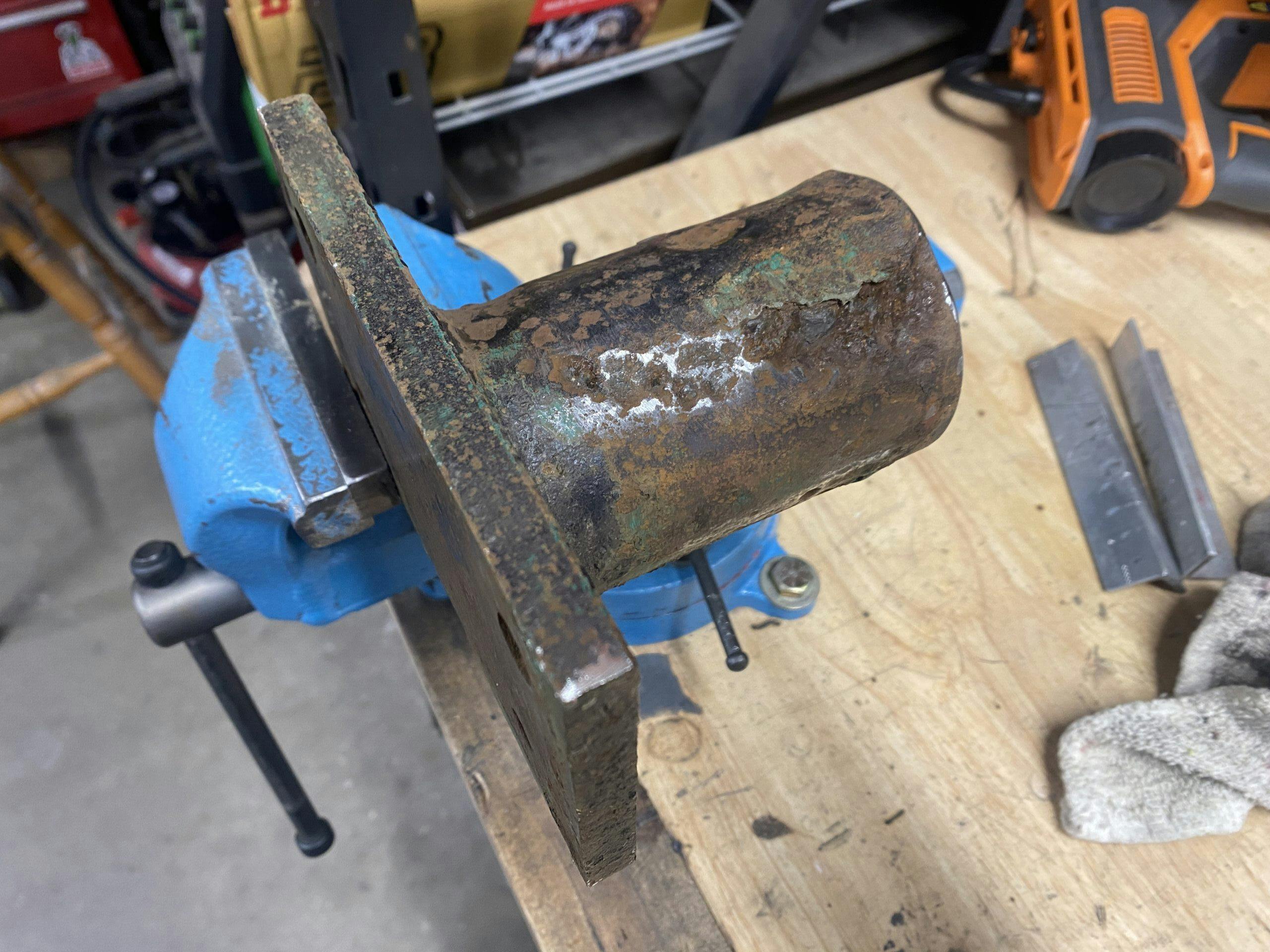
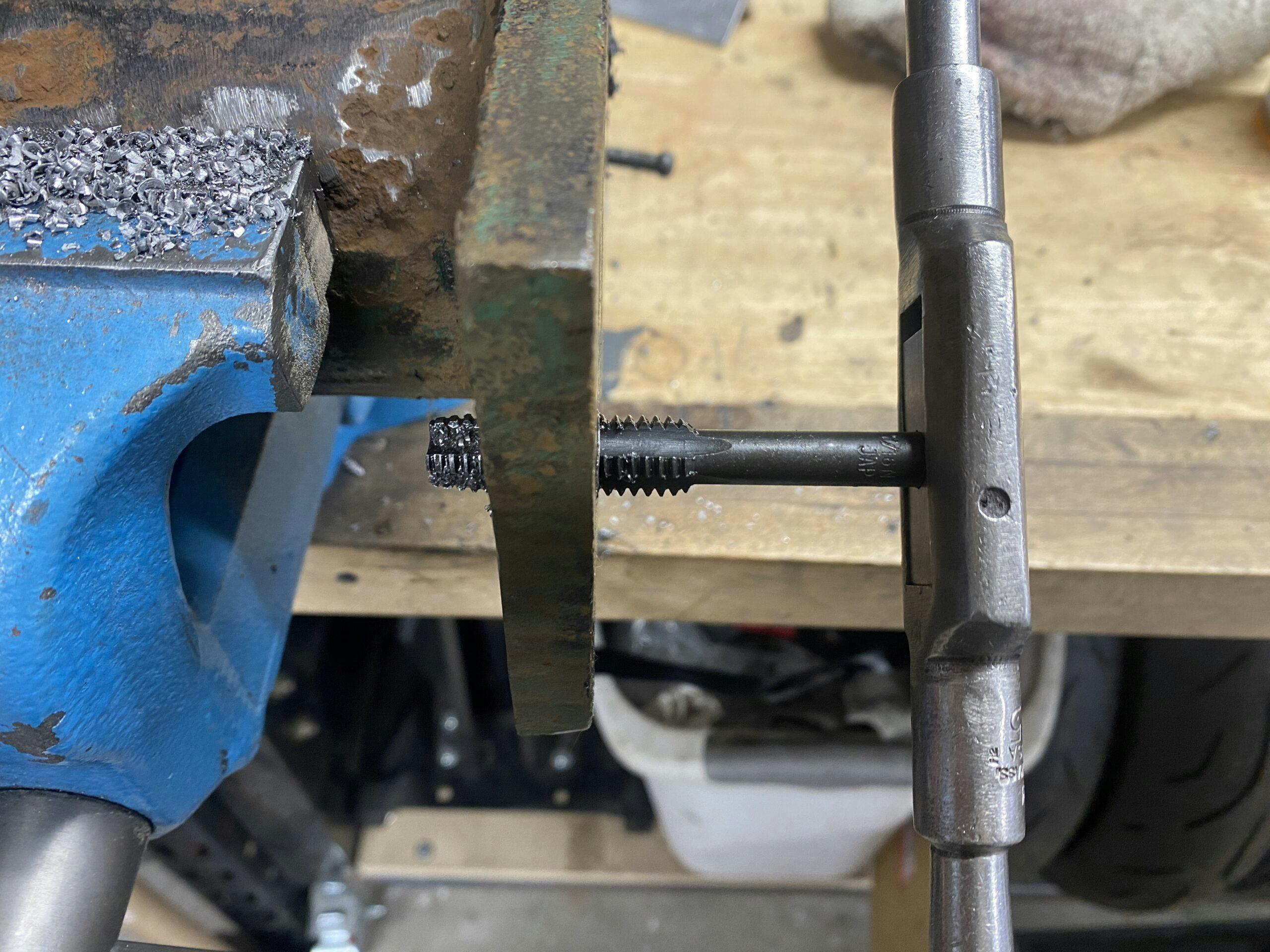









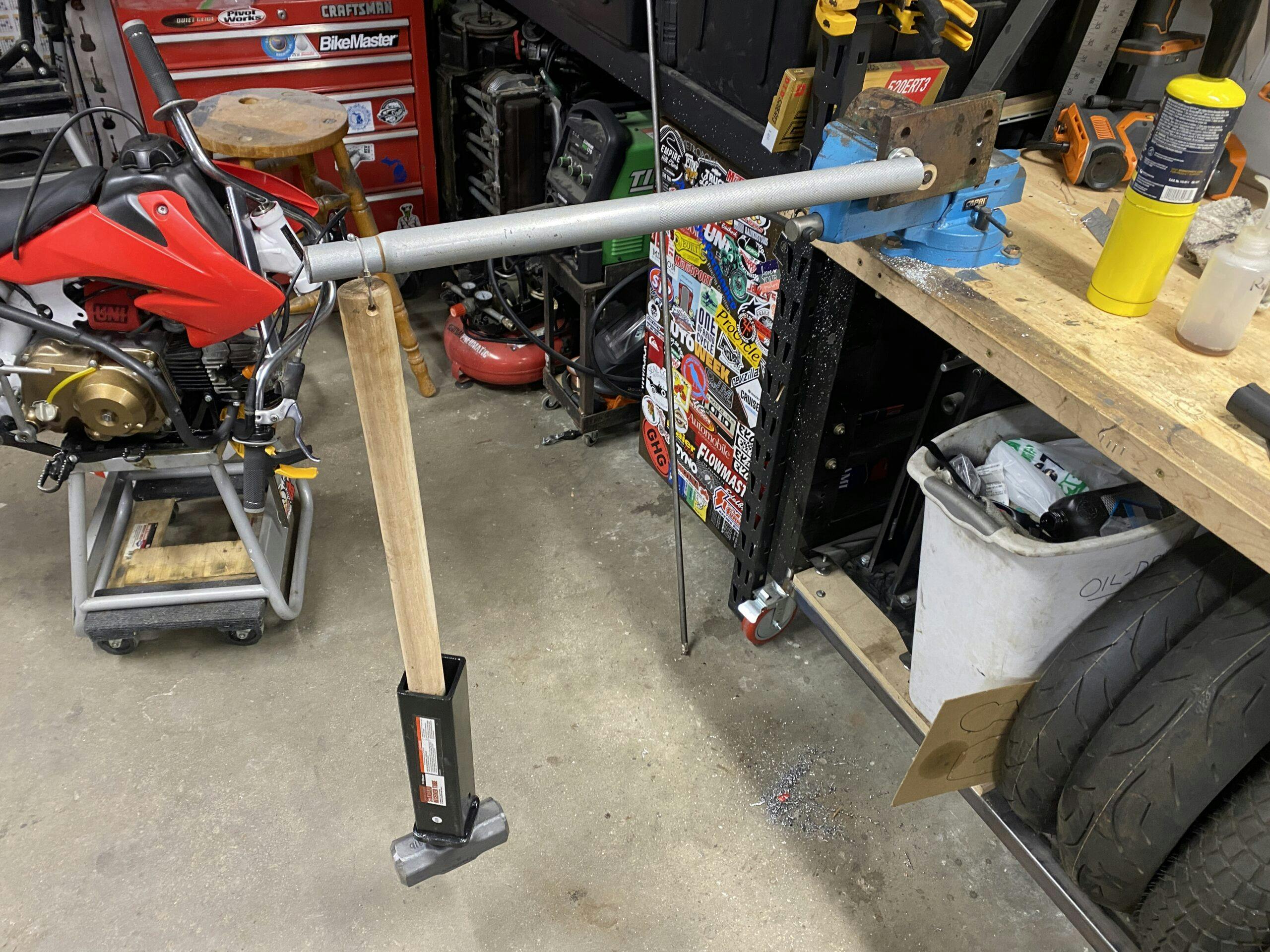

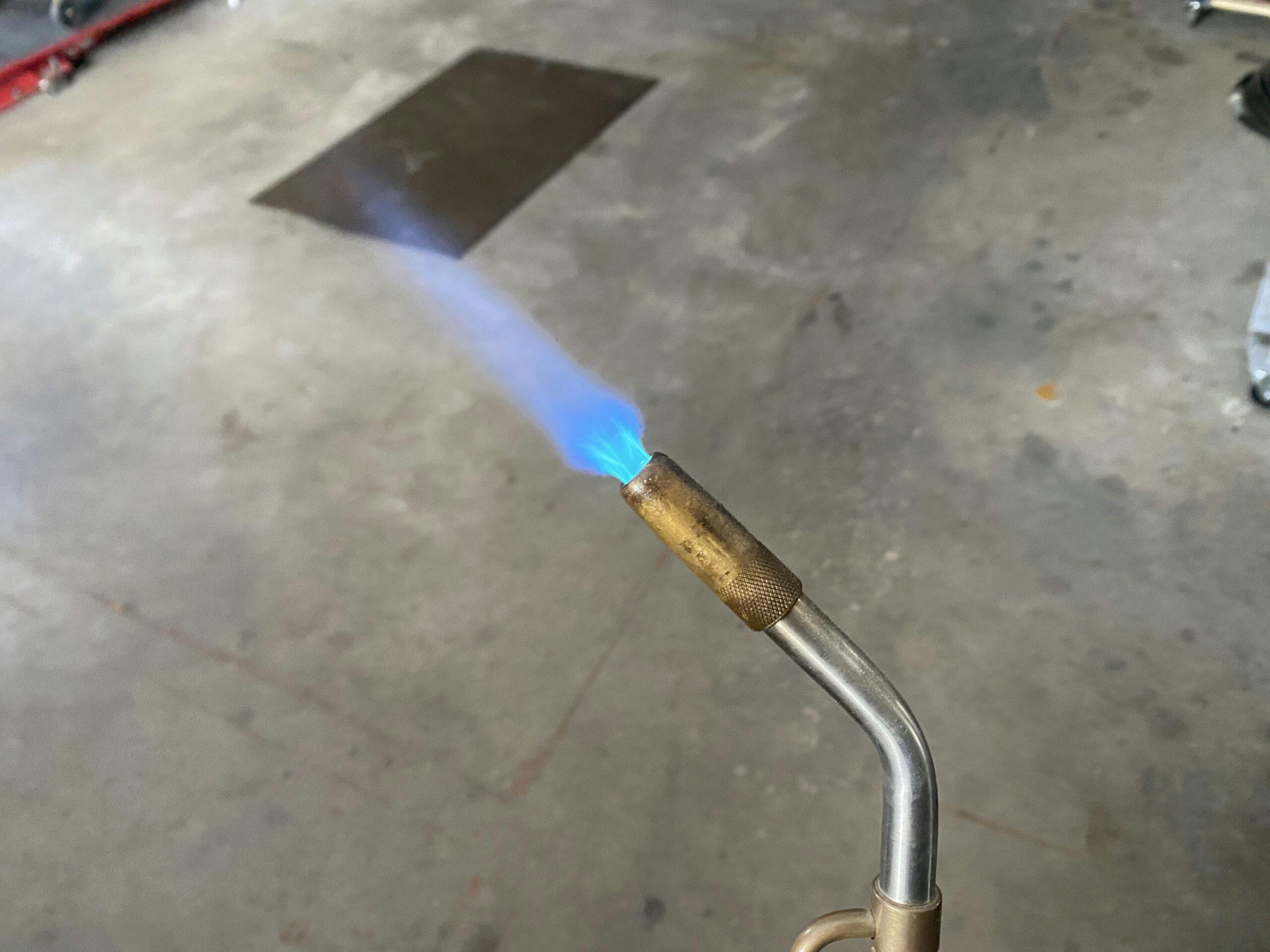

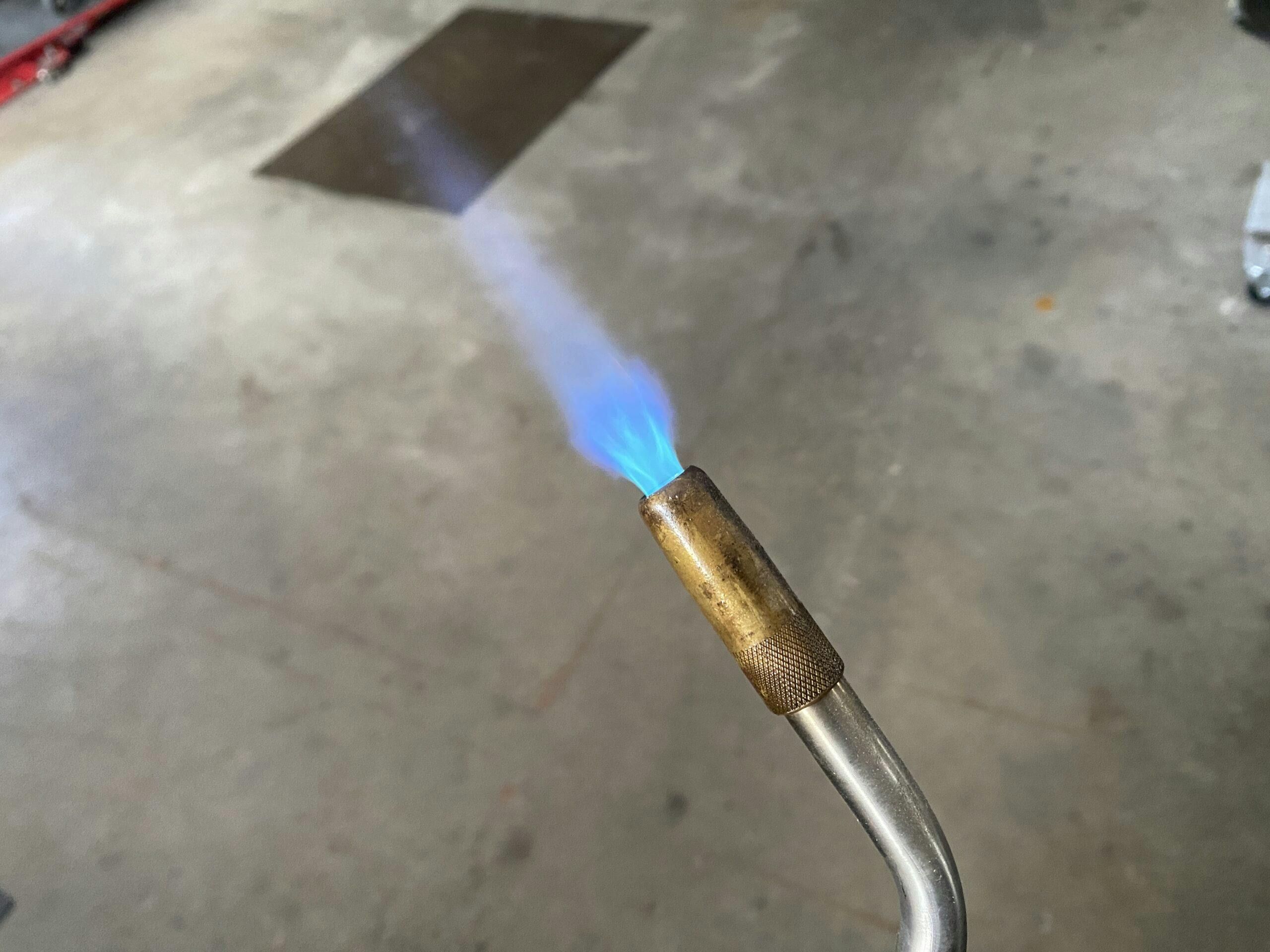


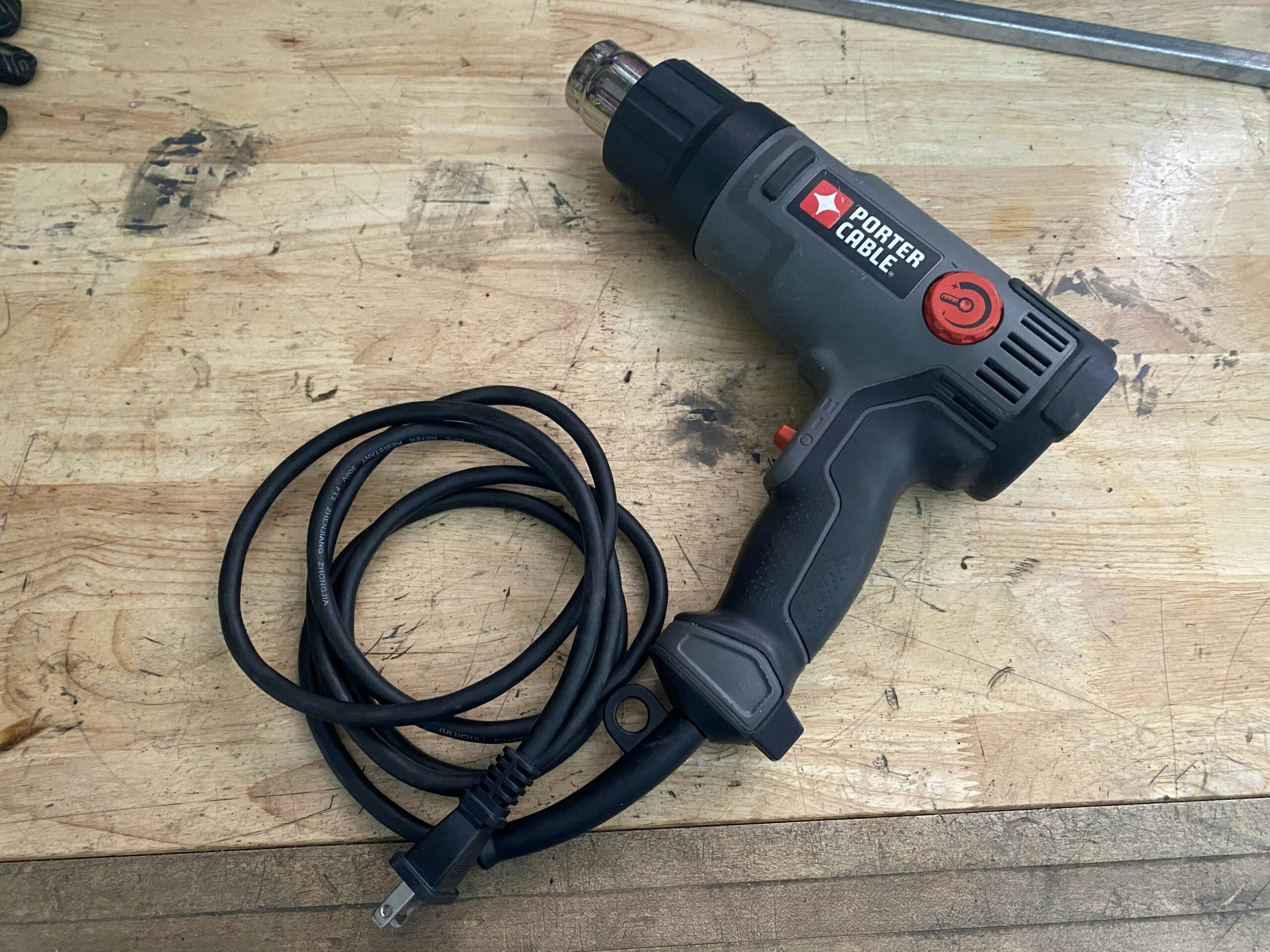
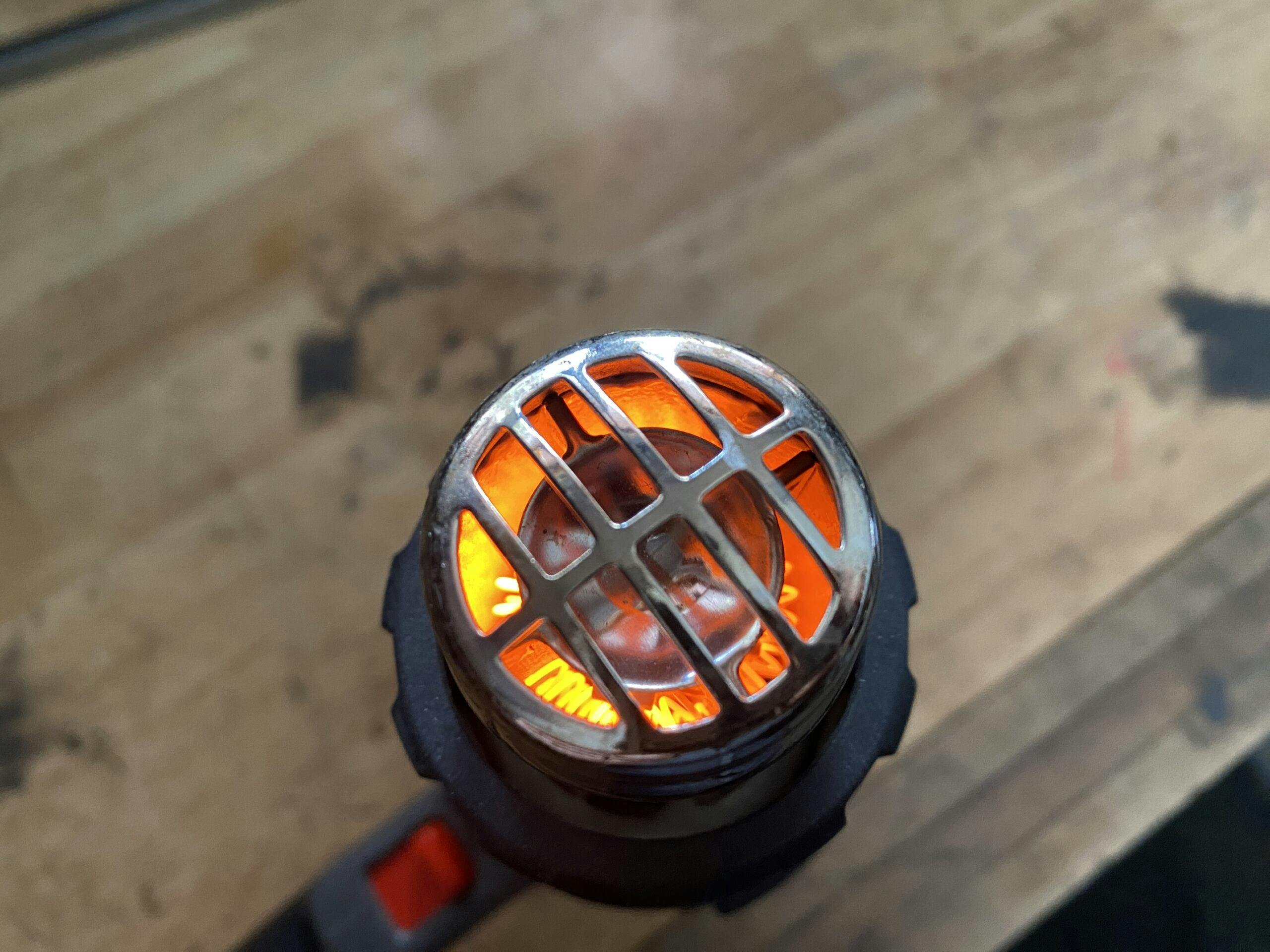
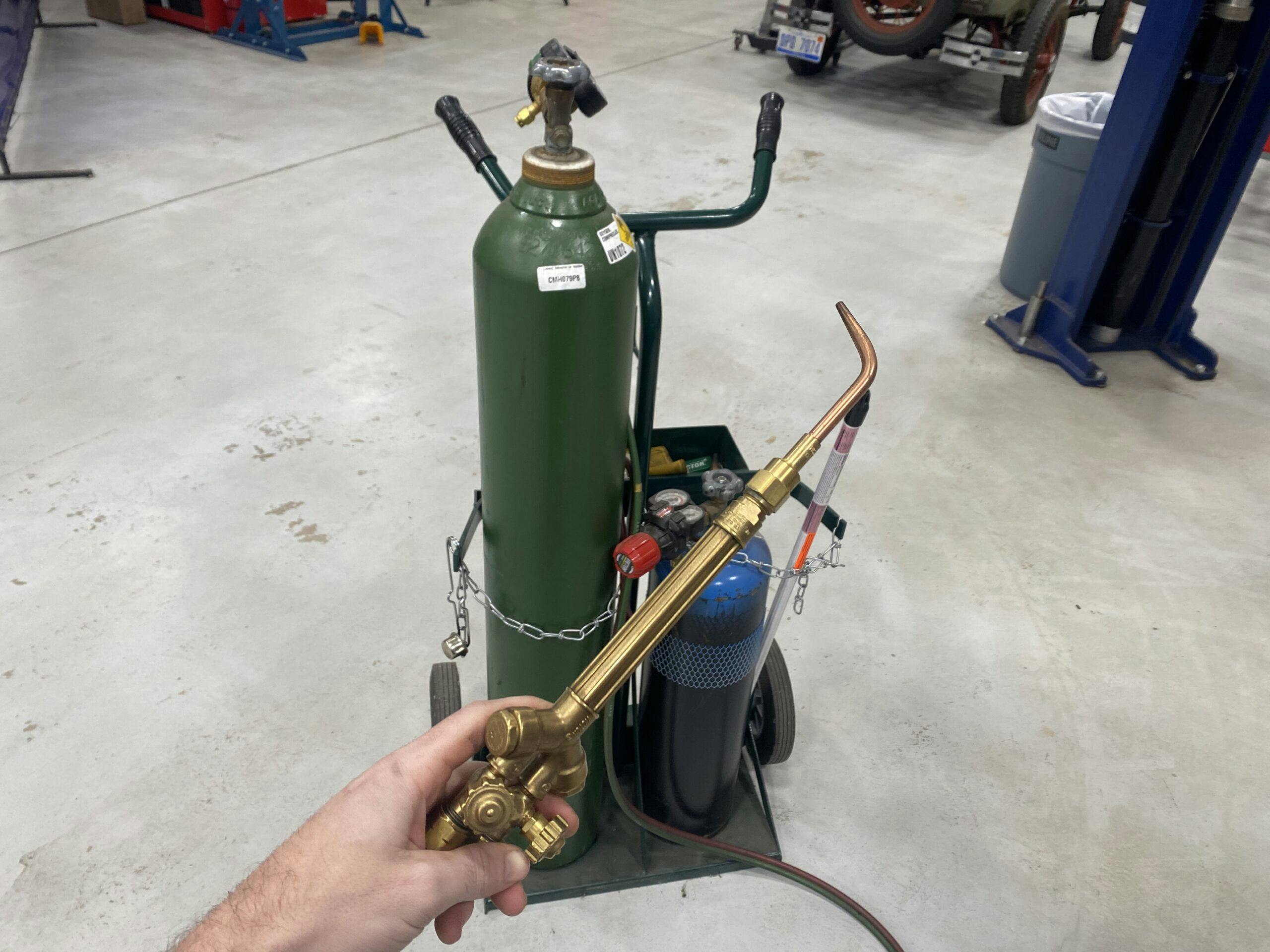
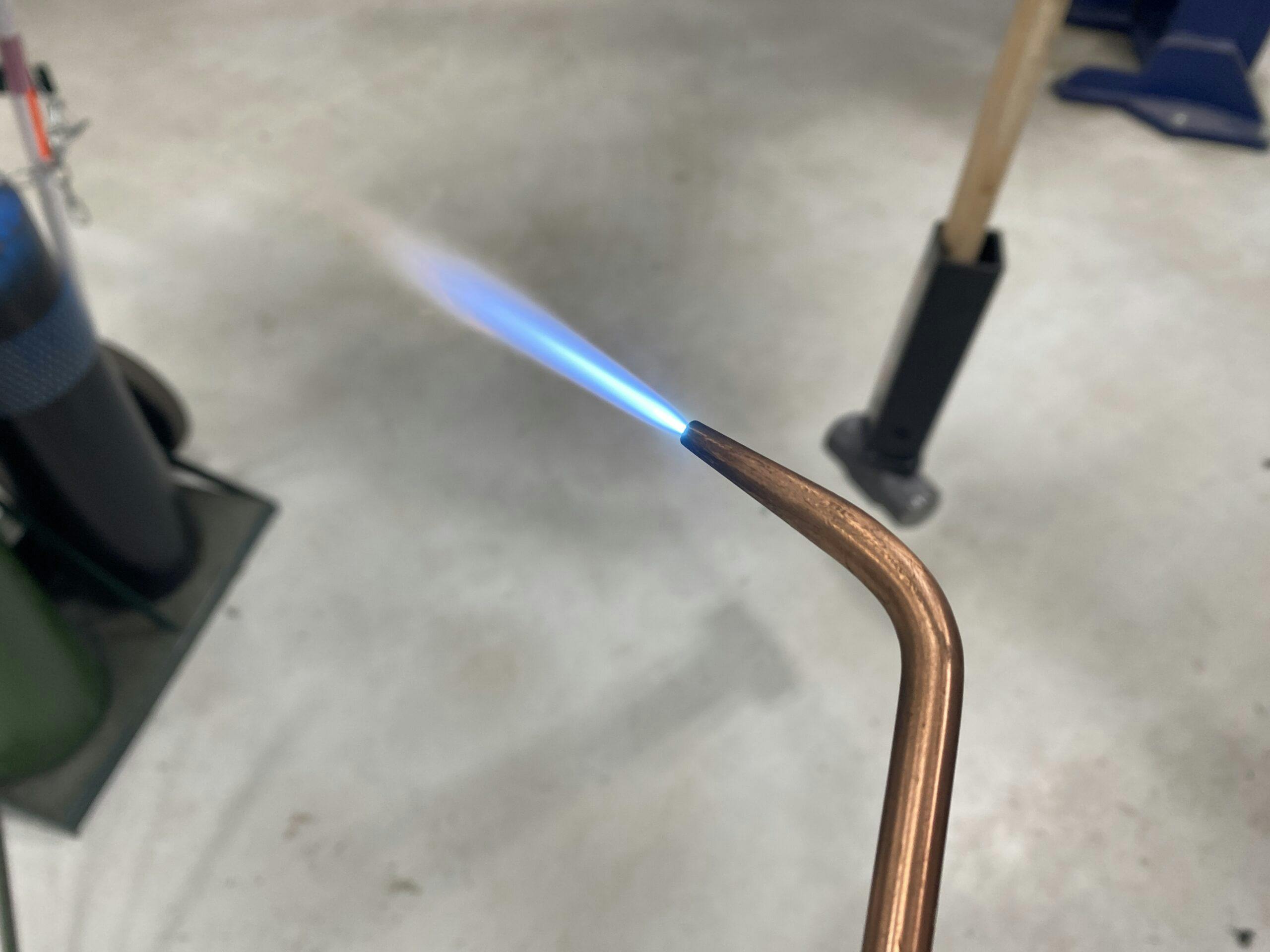





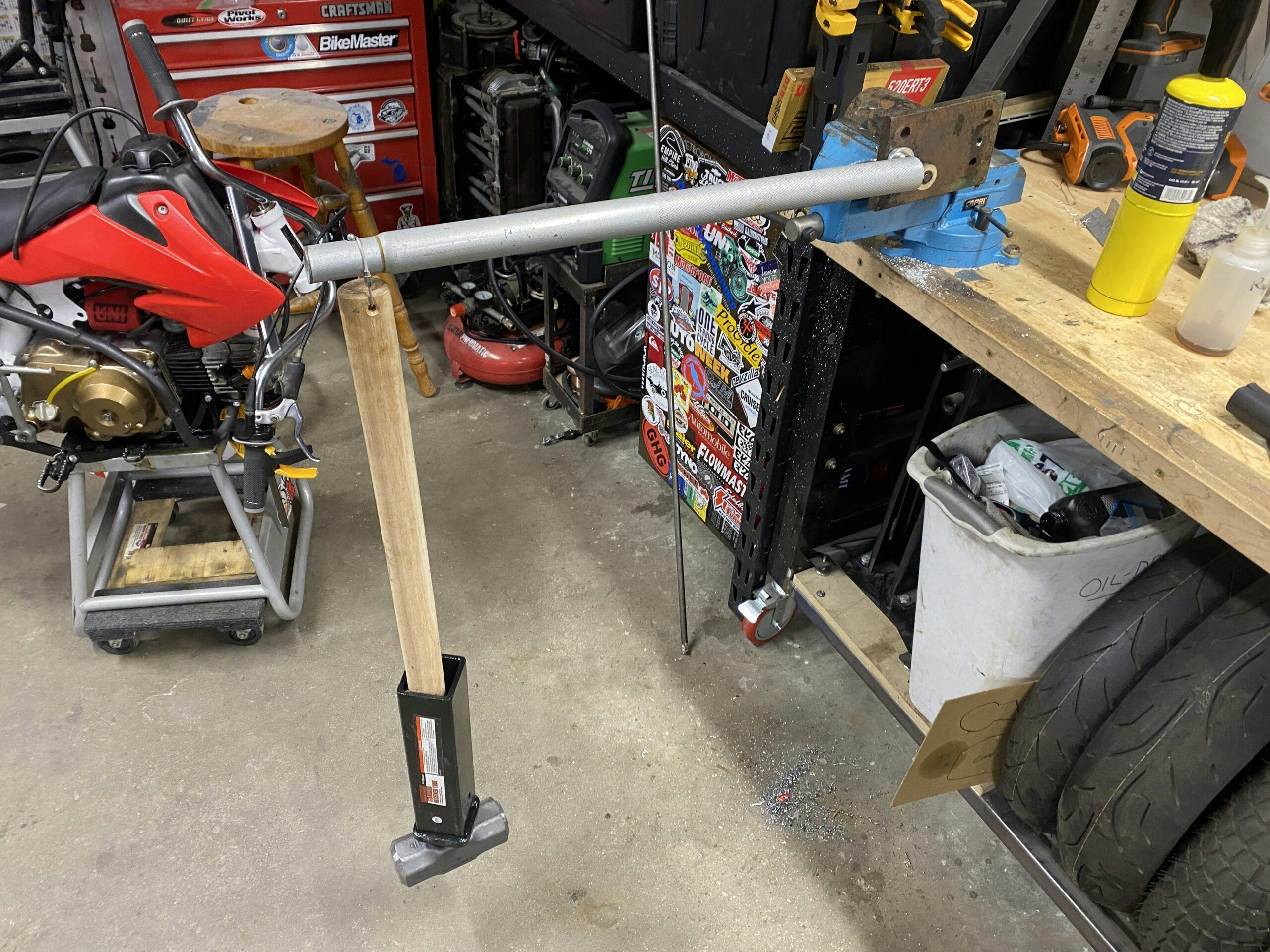





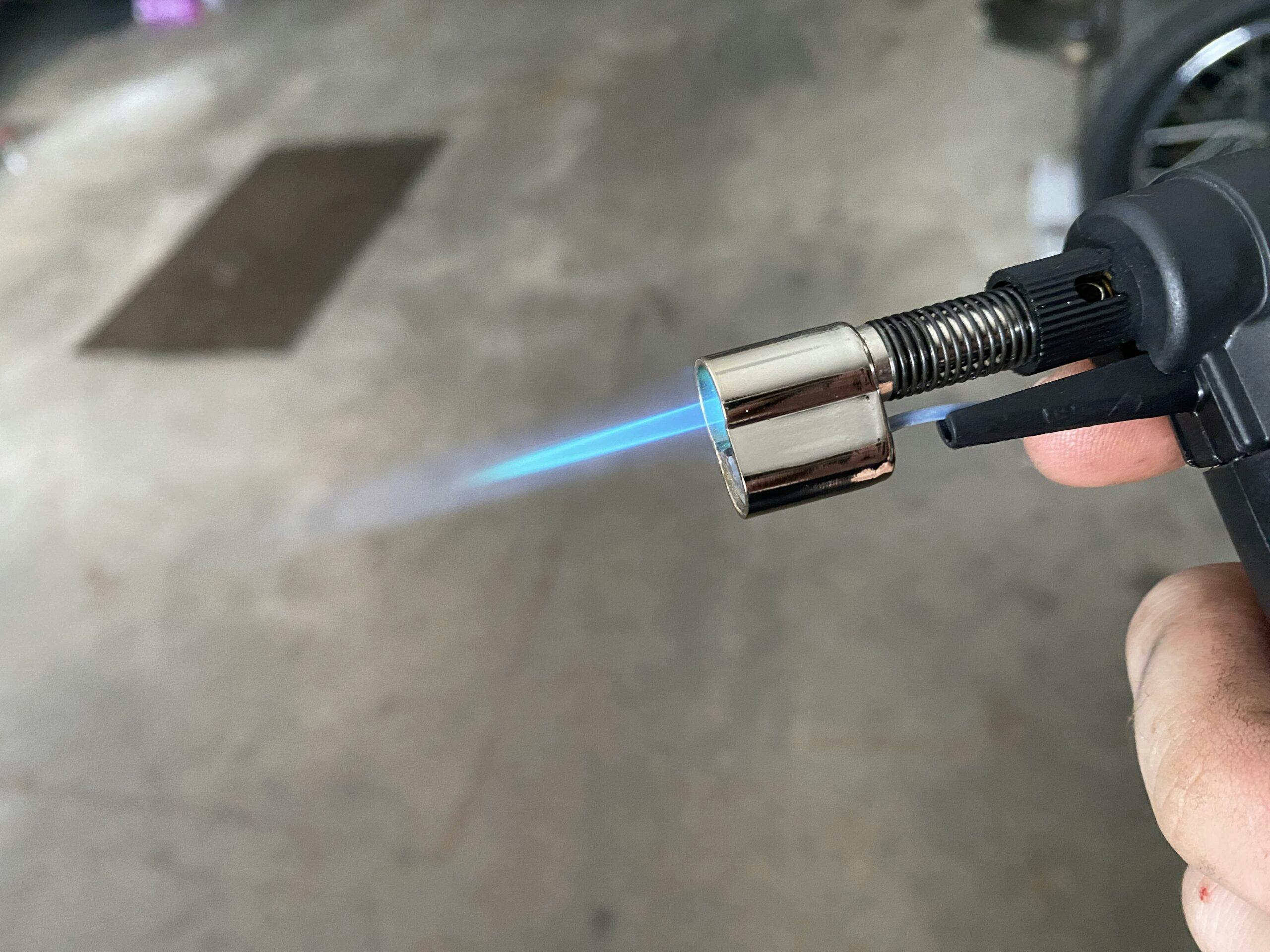

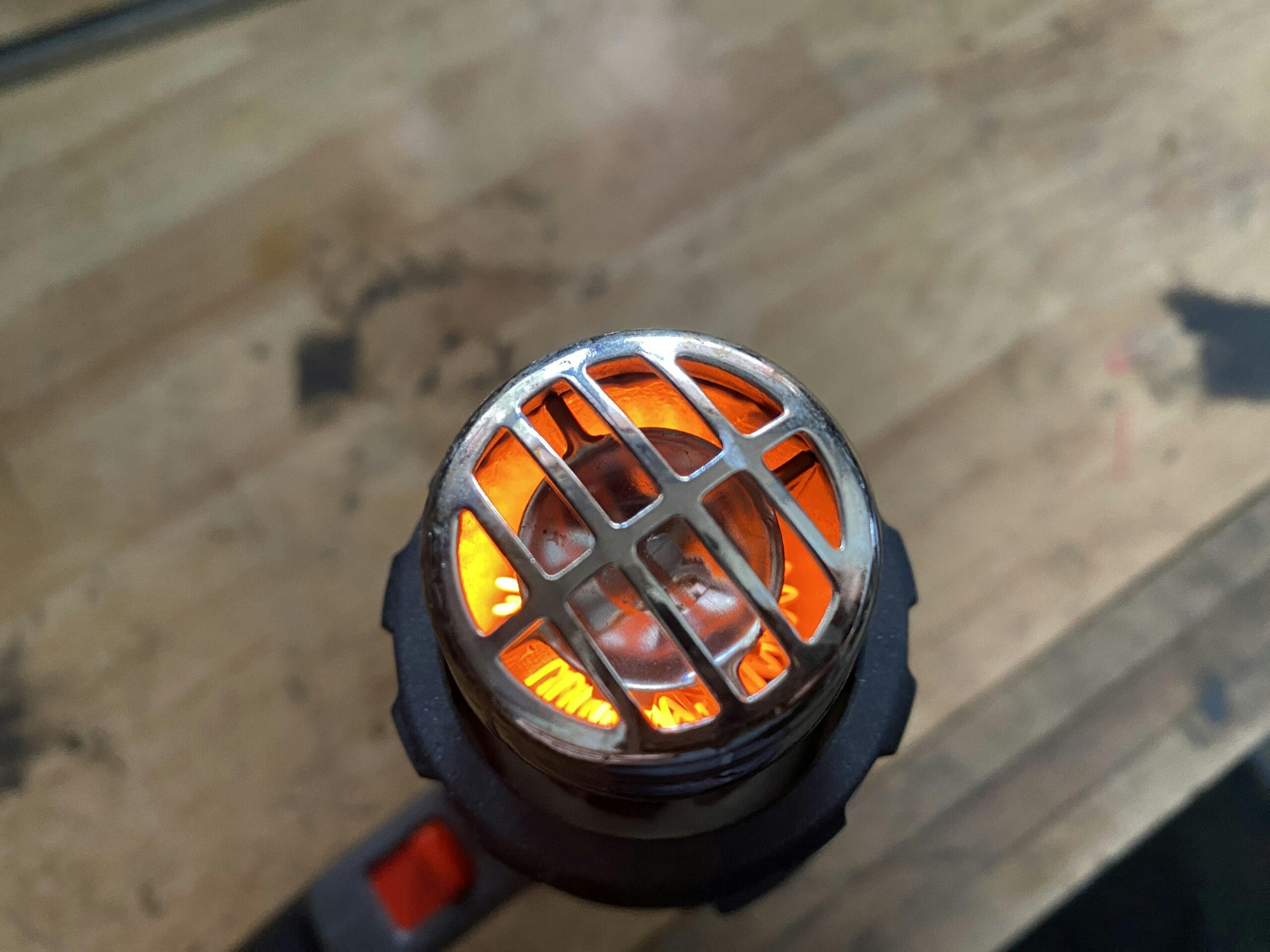


Hi Kyle. I used to sell a product by Loctite called “Freeze and Release”. Opposite of your experiments. This product had very mixed results and was very dangerous as you could lose an eye if not careful. This item is also no longer available. Was wondering if you ever used it and what you thought of it.
Is this what you are referring to?: https://www.henkel-adhesives.com/us/en/product/specialty-oils-and-lubricants/loctite_lb_8040.html
Looks interesting, can’t say I have any experience with it though.
Great experiments, Kyle. I am happy to hear that your “scientist” wife guided you in the use of appropriate methodology. BUT–a degree does not a “scientist” make. ANYONE is a “scientist” who uses “closed” methodology. In other words…who carefully controls the variables. For instance–a good cook–who controls the variables by following a careful methodology (recipe) which can be duplicated by other cooks. A child can perform experiments, granted that he is using controlled methodology. Welcome to the World of Science, Kyle! You are a Scientist!
It seems odd there’d be such a difference in temperature/time between the Map-Pro & Propane results considering their temperature outputs are so close to each other.
I was quite surprised by that myself. I even took extra care to hold the flame at the same distance between those two tests. I might go about reseting the test and trying to get three more test of each method so I could average it out. There is still a chance that these were one-off luck situations in some way.
threadlocker is a CA based glue with a low temperature ( blue) and a high temperature (red) formulation. Note the low temperature needed to free up the bolt in your experiment. The soldering gun method works well in sensitive areas; I use an old Weller dual prong type ( 500 watts ?). The blue wrench always works, one way or another… great article, good methodology.
The electric coil induction heaters were left off the list. There are about half dozen on the market and they work.
Do I have to factor in my “carbon footprint” if I use these procedures and plant an extra tree!
As Joe would say, “Come on, man”!
Ever wanted to heat up a bolt and nothing around it just the bolt? A friend has one of these and it totally rocks > An induction heater https://www.amazon.com/EMAGIH-Repairing-Flameless-Electromagnetic-Induction/dp/B08PD8ZSXZ/ref=sr_1_4?adgrpid=1332608745711378&hvadid=83288131911403&hvbmt=be&hvdev=c&hvlocphy=97961&hvnetw=o&hvqmt=e&hvtargid=kwd-83288478924198%3Aloc-190&hydadcr=14017_10284496&keywords=induction+heater+for+bolt+removal&qid=1680364700&refinements=p_72%3A1248909011&rnid=1248907011&s=hi&sr=1-4
I think a significant part of using the right tool for the job would include avoiding the use of red locktite for most applications. It will certainly hold but requires high temperature to release it. I cannot imagine using it in the steering column.
The factory installed the steering column using red Loctite. For something so critical as the steering column, it’s cheap insurance to ensure it will not be moving.
Another induction convert here. The first time you melt steel with no flame or consumable gas you’ll forget what it cost. Seems I’m repeating myself here….
I recently had to remove the exhaust manifolds my my cylinder heads and if you have had a 410 FE engine you know what one has to deal with. The line of bottom bolts all came out just fine but the top line is another story. All soaked with 50/50 Type F/acetone mix for several days. That didn’t cut it so propane torch. First head all four came out after 1-2 minutes. Second head same procedure and three of four bolts snapped. Of course the first head had an internal crack making it now useless for the rebuild. Second head needs the shop to remove those snapped bolts. Couldn’t be the other way.
It would be interesting to see a test without the LockTite. I used to work in industrial maintenance . On of the common tasks was to remove a coupling that had been mounted with an interference fit. In order to remove it, you needed to heat the coupling until it expanded enough to slide off. What was crucial was that the heat had to be applied quickly so that the shaft didn’t expand as well. On larger couplings we would use 2 or 3 large rosebuds.
On the threaded fasteners, it would be interesting to see if a similar effect occurs.
Having had similar experiences about adding the right amount of heat quickly in order to break an interference fit, you bring up an interesting idea. I’ve had to do this to get steel bearings and races out of aluminum motorcycle engine cases. Could be fun to see what works for putting a lot of heat in (relatively) safely.
When a metal surface is heated, particularly with a combustion gas, the emissivity will change. Infrared thermometers are single wavelength devices with a fixed emissivity. Consequently, as the experimental procedure cycles through subsequent heat sources the surface emissivity of the target is changing which in turn changes the apparent registered temperature. Even with adjustable emissivity you do not know what the values are for the target once it has been subjected to combustion gases. Absent independent validation of the surface emissivity there could be large errors in the indicated temperatures, there is no way to tell.
FYI looking at the table if you sort by time and ***ignore the heat gun*** which is an outlier, the higher the temperature of the bolt the faster it came loose. But if you plot the temperature ***difference*** between the bolt and the plate, that difference better predicts how much time it will take to come loose. E.g. for butane vs propane, bolt temperature is quite different, but the time to loosen is nearly the same. But if you look at the temperature difference – you will see that they are virtually identical – 15 degrees, as is the time to loosen. It would be interesting to see if you could chill the plate in addition to heating the bolt to see if that sped up the loosening process.
Interesting idea. Might be something to try in a future experiment!